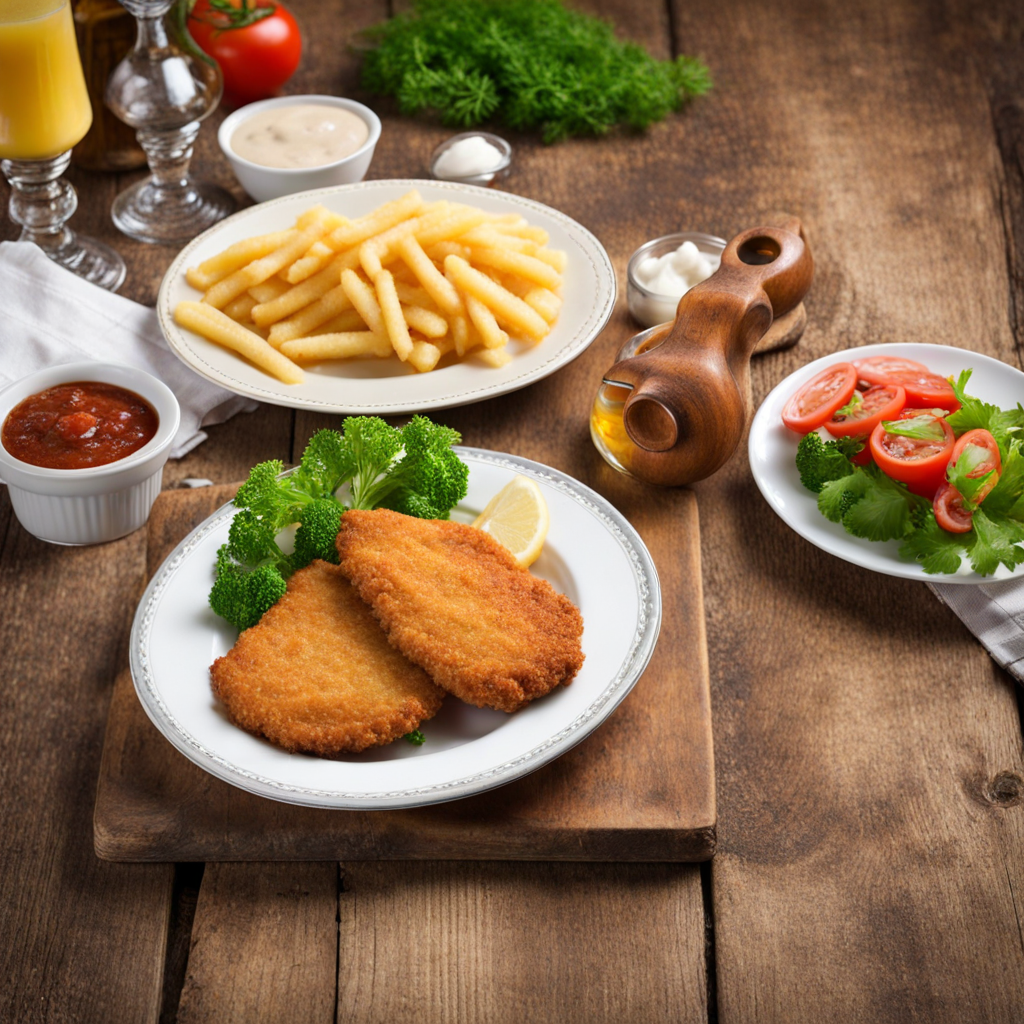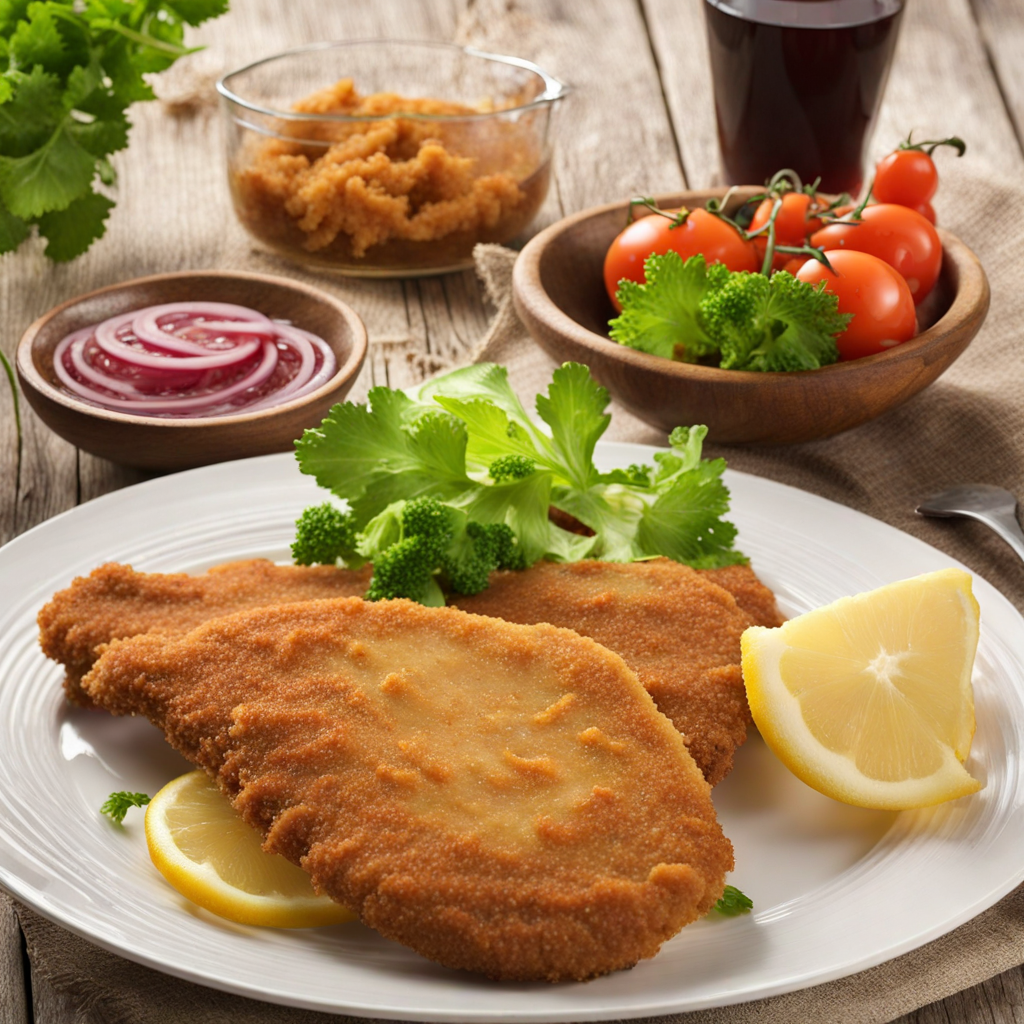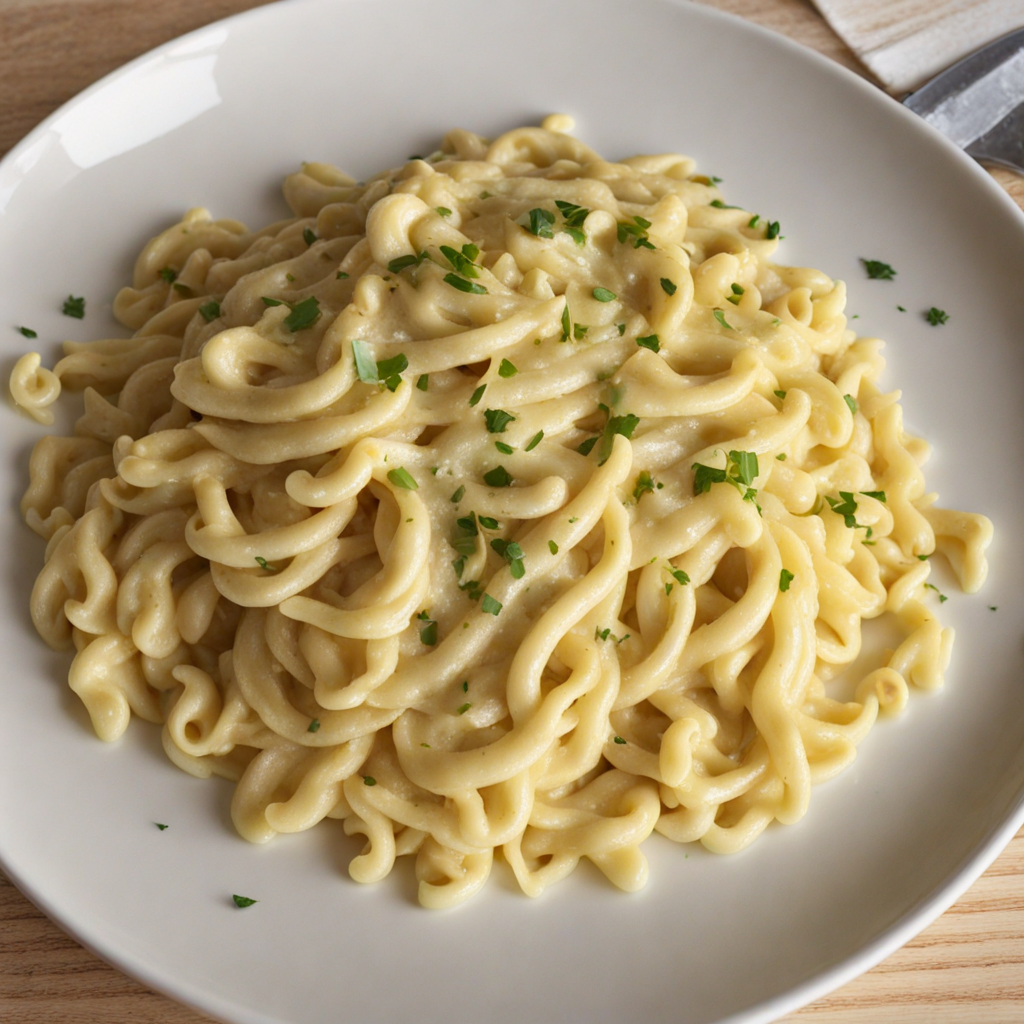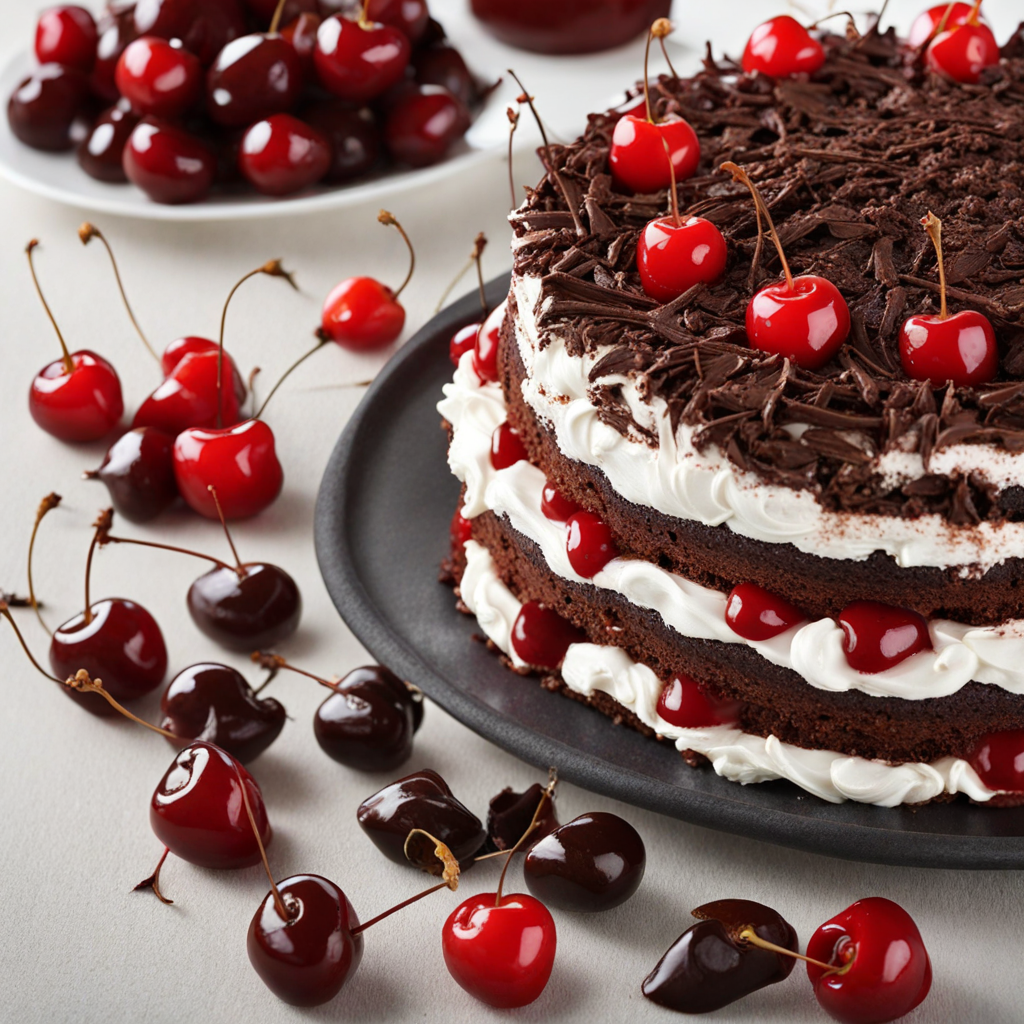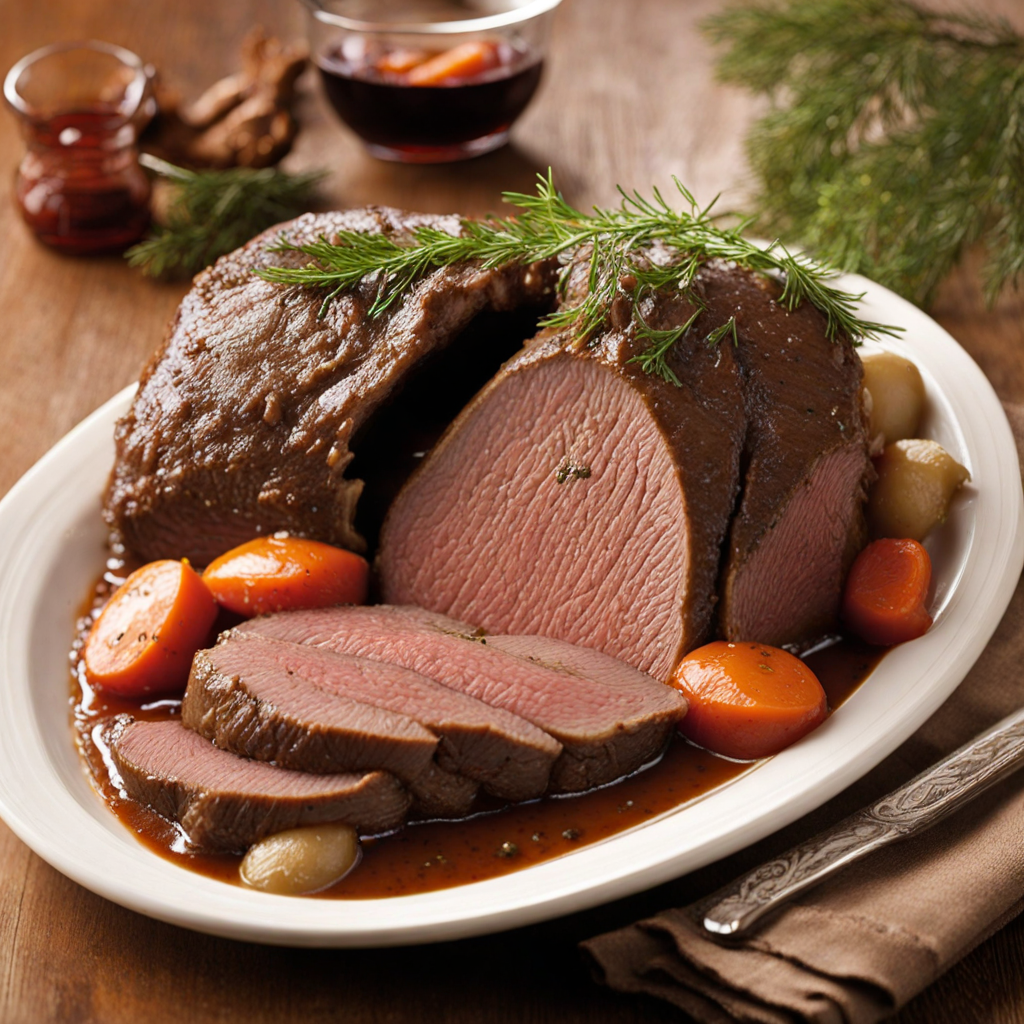Wiener Schnitzel
Wiener Schnitzel is a quintessential dish that hails from Austria but is also beloved in Germany, renowned for its simplicity and elegance. At its core, it consists of a thinly pounded veal cutlet, which is then coated in a light layer of flour, dipped in beaten eggs, and finally encrusted with breadcrumbs. This meticulous preparation ensures that the meat remains tender and juicy while developing a beautifully crisp and golden-brown exterior when fried. The dish is often served with a slice of lemon, which adds a zesty brightness that complements the richness of the fried cutlet perfectly. Traditionally, Wiener Schnitzel is accompanied by a variety of side dishes that enhance its flavor profile. Common accompaniments include potato salad, cucumber salad, or even a simple green salad, providing a refreshing contrast to the richness of the schnitzel. The dish can also be found served with lingonberry sauce or a creamy mushroom sauce, both of which add unique flavor dimensions and elevate the dining experience. This versatility allows for a delightful exploration of flavors and textures with each bite. In terms of taste, Wiener Schnitzel offers a delightful balance of savory and slightly nutty notes from the breading, while the veal provides a subtle sweetness and tenderness that is hard to resist. Each mouthful delivers a satisfying crunch followed by the succulent meat, making it a comforting yet sophisticated dish. Whether enjoyed at a traditional German restaurant or made at home, Wiener Schnitzel promises to be a memorable culinary adventure that captures the essence of German comfort food.
How It Became This Dish
The History of Wiener Schnitzel: A Culinary Icon The Wiener Schnitzel is a dish synonymous with Austrian cuisine, though its history is often intertwined with German gastronomic traditions. To fully appreciate this beloved dish, we must delve into its origins, cultural significance, and its evolution over the centuries. #### Origins The roots of Wiener Schnitzel can be traced back to the 12th century, with early mentions of breaded meat dishes in medieval cookbooks across Europe. However, the specific preparation that would become known as Wiener Schnitzel likely emerged in the 19th century in Vienna, Austria. The dish is essentially a thin slice of veal that is coated in breadcrumbs and fried until golden brown. The name "Wiener Schnitzel" translates to "Viennese cutlet," clearly indicating its geographic and cultural origins. While the dish is primarily associated with Austria, its lineage can also be connected to similar preparations in various European countries. The Italian "cotoletta alla Milanese," for instance, features a similar method of frying breaded meat. Some food historians suggest that the technique traveled northward from Italy to Austria, gaining popularity among the Viennese elite. In 1857, a formal recipe for Wiener Schnitzel appeared in the influential Austrian cookbook "Cuisinier royal et bourgeois" by Marie-Antoine Carême, which helped solidify its status in culinary literature. As the dish gained prominence, it became a staple in Viennese cafes and restaurants, enjoyed by locals and tourists alike. #### Cultural Significance Wiener Schnitzel is more than just a dish; it embodies the cultural and historical identity of Vienna and, by extension, Austria. In the late 19th and early 20th centuries, Vienna was a hub of artistic and intellectual activity, with a diverse population that infused its culinary scene with various influences. The Schnitzel became a symbol of the city's culinary prowess, a beloved comfort food that transcended social classes. In Austria, the dish is typically served with a slice of lemon, potato salad, or lingonberry sauce, emphasizing the balance of flavors. It is often enjoyed in a familial setting, reflecting the communal aspect of dining. The Schnitzel's popularity also paved the way for regional variations, including the "Schnitzel Wiener Art," which refers to the preparation of the dish using pork or chicken instead of veal, showcasing the adaptability of the recipe to local tastes and availability of ingredients. #### Development Over Time As the 20th century unfolded, Wiener Schnitzel began to spread beyond its Viennese roots. With the rise of Austrian emigration, particularly during the turbulent years following World War I and II, the dish found its way into homes and restaurants across Europe and the Americas. In Germany, for instance, it became a popular addition to menus, often overshadowing its Austrian origins. The post-war period saw a surge of interest in traditional cuisines as countries sought to reclaim their cultural identities. In Germany, the Schnitzel evolved to include various meats, leading to the creation of the "Schnitzel" as a more general term for breaded and fried meat, regardless of the type. This adaptation further blurred the lines between the Austrian and German interpretations of the dish. In the latter half of the 20th century, Wiener Schnitzel became synonymous with Austrian hospitality. It was featured in countless cookbooks, television shows, and culinary festivals, solidifying its status as a national dish. In 2010, the Austrian government even declared Wiener Schnitzel a protected cultural asset, further emphasizing its significance to the nation's identity. #### Globalization and Modern Interpretations The globalization of cuisine in the late 20th and early 21st centuries introduced Wiener Schnitzel to an even wider audience. As international travel and culinary exchange became more prevalent, the dish appeared on menus around the world, sometimes undergoing creative reinterpretations. Chefs began experimenting with alternative proteins, such as turkey, fish, and even vegetarian options, catering to contemporary dietary preferences while keeping the essence of the dish intact. Today, Wiener Schnitzel is celebrated in both traditional and modern forms. It is still a staple in Austrian cuisine, often featured in festive gatherings and family celebrations. However, it also exists in a more avant-garde context, with chefs reimagining the dish through innovative cooking techniques and presentations. In popular culture, Wiener Schnitzel has been referenced in various forms of media, including literature, film, and music. It remains a point of pride for Austrians and a must-try dish for visitors exploring the culinary landscape of Vienna. Festivals dedicated to Schnitzel, such as the annual Wiener Schnitzel Festival, attract food lovers eager to indulge in the crispy delight. #### Conclusion Wiener Schnitzel is a dish steeped in history, cultural significance, and culinary evolution. From its humble beginnings as a simple breaded meat dish to its status as a symbol of Austrian cuisine, it reflects the complexities of cultural exchange and adaptation. Today, Wiener Schnitzel continues to be a cherished dish, embodying the spirit of Vienna while transcending borders and appealing to palates around the world. Whether enjoyed in a quaint Viennese café or a bustling restaurant halfway across the globe, Wiener Schnitzel remains a testament to the enduring power of food to connect people, celebrate culture, and evoke a sense of nostalgia. As it continues to evolve, one thing is certain: the legacy of Wiener Schnitzel will live on, inviting generations to savor its crispy, flavorful allure.
You may like
Discover local flavors from Germany


